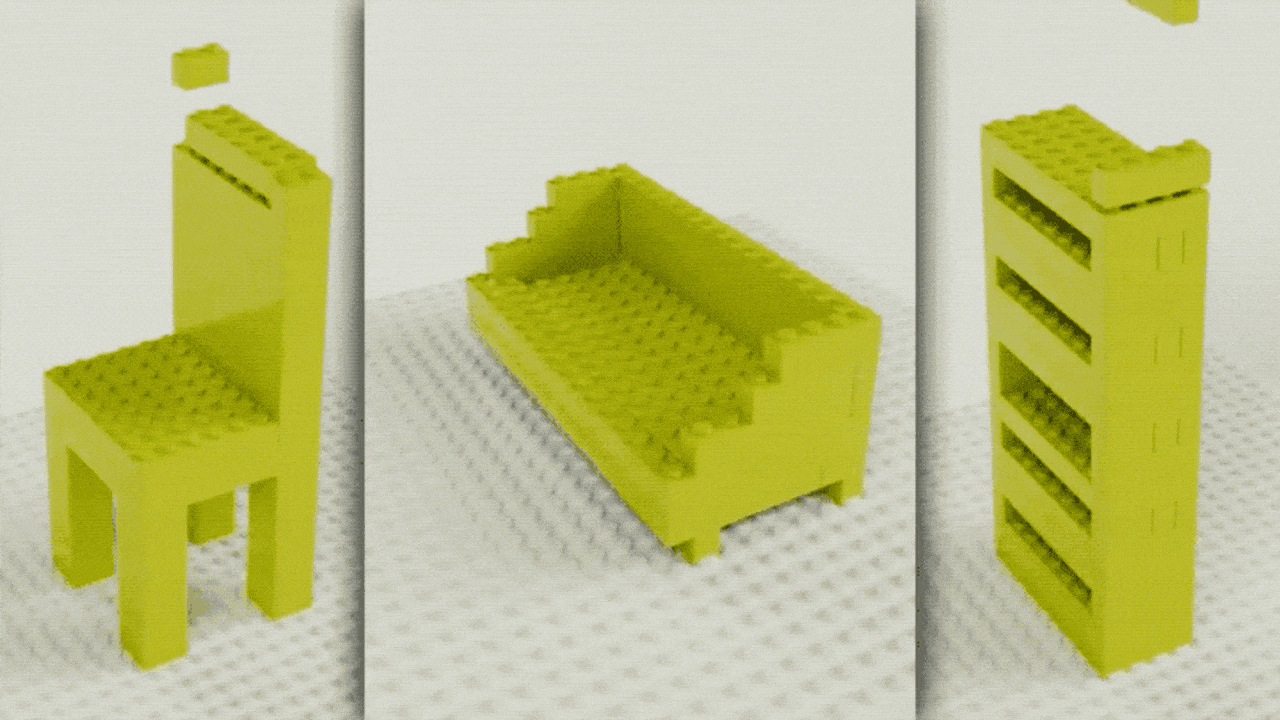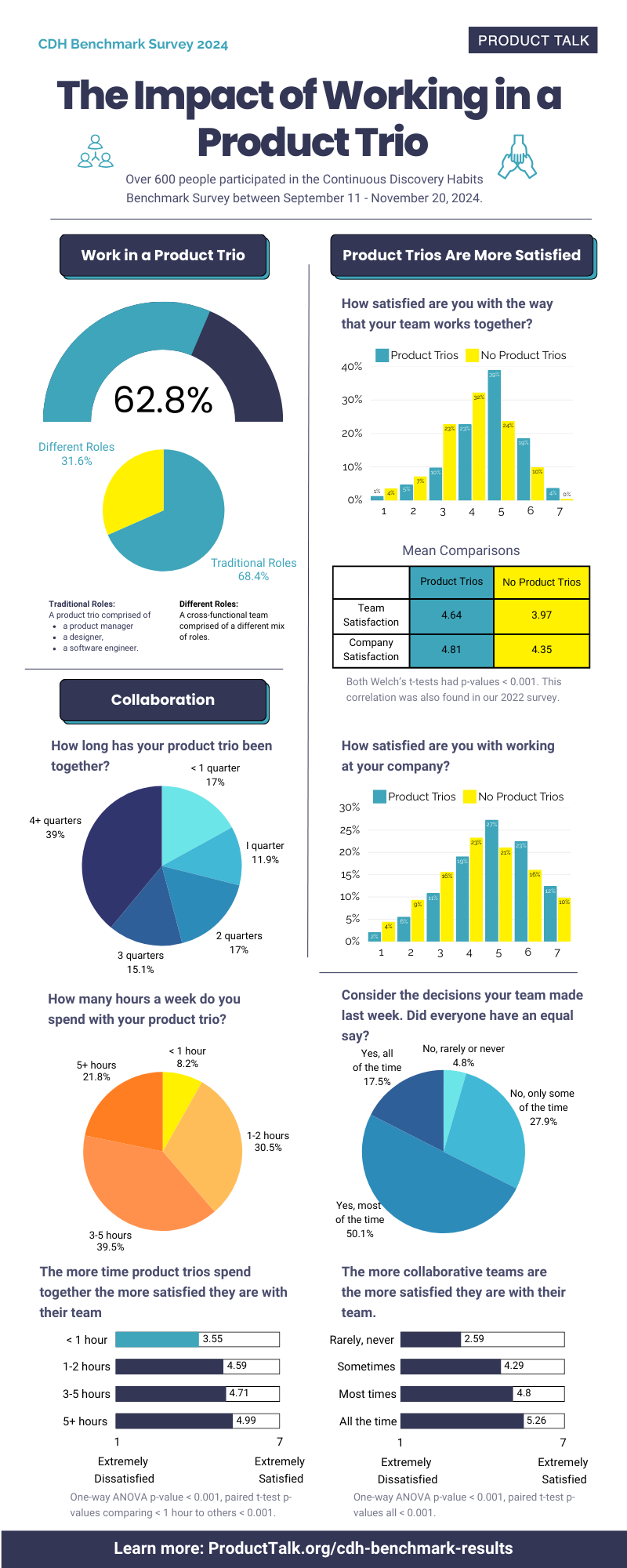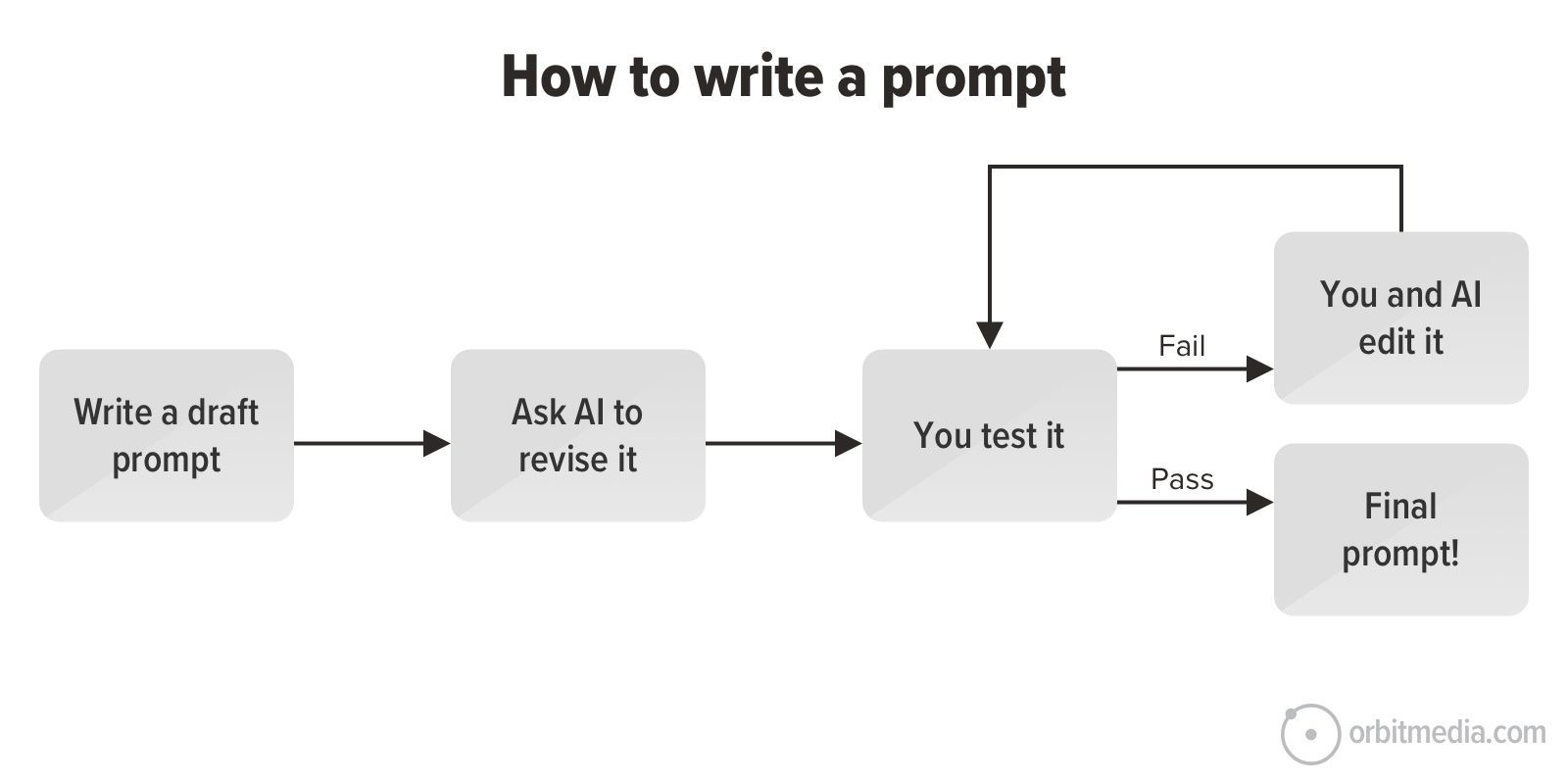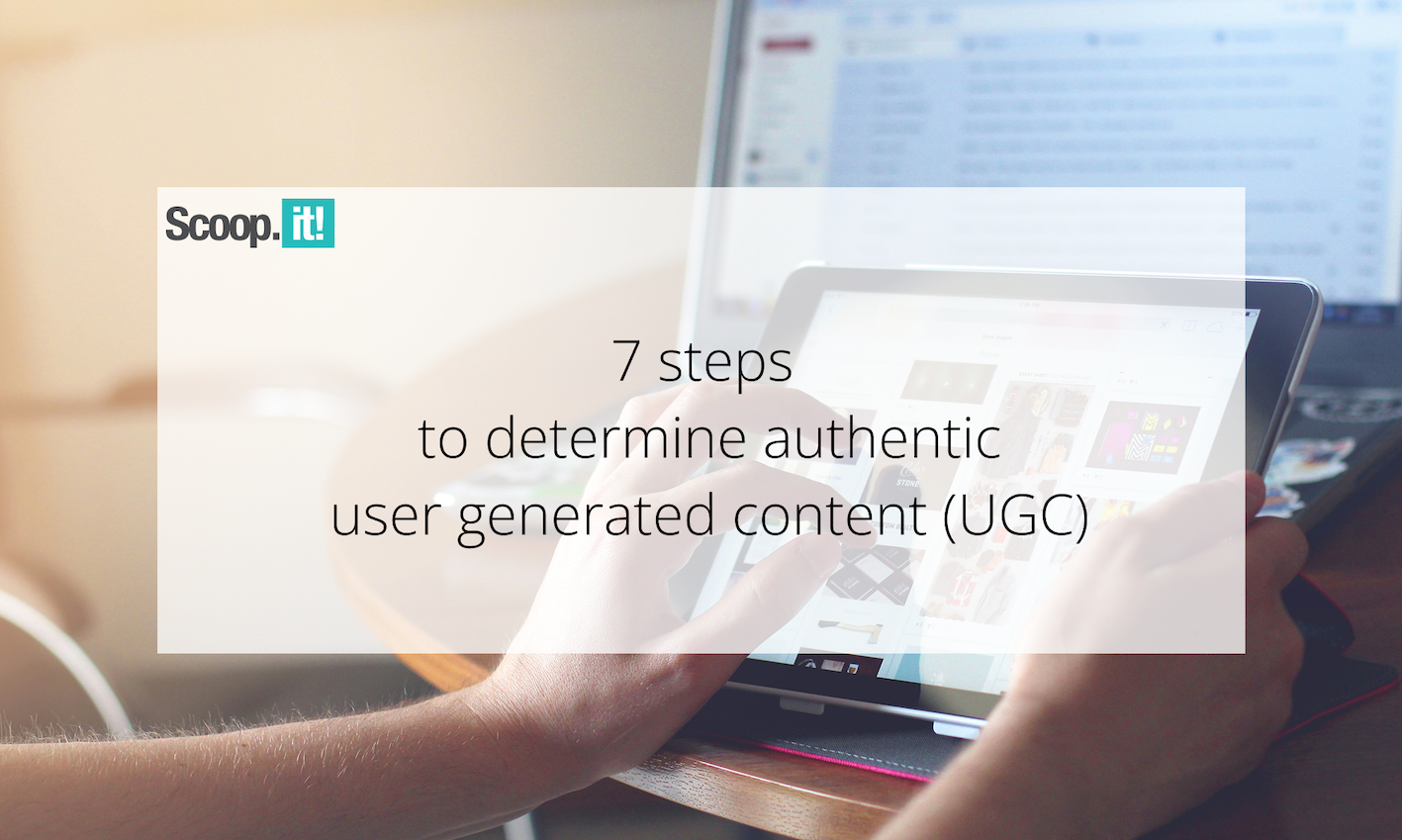The Future of Design: Why AI Prototyping Services Are a Game Changer
Discover how AI prototyping services are revolutionizing digital design—boosting speed, creativity, and efficiency for modern product development.

Introduction
The digital product design landscape is evolving rapidly. From responsive interfaces to complex user flows, the need for faster, more accurate, and scalable design solutions is higher than ever. Among the most revolutionary developments in recent years is the rise of AI prototyping services—tools and systems that harness the power of artificial intelligence to streamline and accelerate the design process.
These services are not just a trend; they’re redefining how we approach product development and user experience. At fx31 Labs, we’ve observed how these tools enhance agility and creativity for businesses aiming to build impactful digital experiences.
What Are AI Prototyping Services?
AI prototyping services leverage artificial intelligence to automate and augment parts of the design and prototyping process. From wireframes to interactive prototypes, AI can now generate early product models based on textual inputs, design guidelines, or even datasets.
Rather than starting with a blank canvas, designers can input requirements and constraints into an AI tool, which then produces usable wireframes, screen flows, or even high-fidelity mockups. These prototypes can be refined and customized further, drastically reducing the time from idea to implementation.
Why Traditional Prototyping Isn’t Enough Anymore
Conventional prototyping—while essential—often requires a significant time and resource investment. Designers and developers must go through multiple cycles of ideation, user flow mapping, wireframing, and iterative testing. While these steps are critical to the user-centered design process, they can slow down teams, especially in fast-paced, competitive industries.
Furthermore, as digital products grow more complex, with personalization, interactivity, and data-driven logic becoming the norm, manual prototyping methods struggle to keep up with the required speed and scalability.
The Game-Changing Benefits of AI Prototyping Services
-
Speed and Efficiency
AI-driven prototyping significantly cuts down the time required to go from idea to mockup. What traditionally took days can now be accomplished in hours or even minutes. This speed allows product teams to test ideas faster, pivot quickly, and stay ahead of competitors.
-
Enhanced Creativity
By automating repetitive tasks, AI frees up designers to focus on what they do best—creative problem-solving. Instead of getting bogged down with layout decisions or user flow logistics, they can channel their energy into innovative thinking and user empathy.
-
Scalability for Enterprises
Large-scale applications often require hundreds of screens, user scenarios, and design variants. AI prototyping services make it easier to manage and scale these elements consistently without overwhelming design teams. For businesses engaged in custom enterprise software development, this scalability is a major asset.
-
Data-Driven Decision Making
AI tools can analyze user behavior data and automatically suggest design changes that improve usability or engagement. This integration of data science into design allows for more informed decision-making right from the prototyping stage.
-
Seamless Collaboration
Many AI prototyping platforms integrate with popular design and development tools, allowing for real-time collaboration between designers, developers, and stakeholders. This connected workflow reduces friction and improves transparency across teams.
How AI Prototyping Transforms User-Centered Design
User-centered design depends on empathy, iteration, and feedback. AI enhances all three pillars:
-
Empathy: AI can simulate different user personas and test how each would interact with a design.
-
Iteration: Designers can generate multiple variations of a screen with a single click, making A/B testing more efficient.
-
Feedback: AI tools often come with predictive analytics that highlight usability issues or potential drop-off points before real users even interact with the product.
AI Prototyping in Action: Real-World Applications
From startups to Fortune 500 companies, AI prototyping is finding its place across industries:
-
A healthtech startup used AI to quickly generate app mockups based on a list of user stories, reducing design time by 60%.
-
An e-commerce company integrated AI-generated prototypes into their product development cycle, leading to faster MVP launches and improved user retention.
-
Enterprises undertaking custom enterprise software development are using AI prototyping services to manage complex admin panels and workflows more efficiently, saving time and ensuring consistency.
Potential Challenges and How to Overcome Them
Like any technological shift, adopting AI prototyping comes with its own set of challenges:
-
Misalignment with Brand Identity: AI-generated designs may not always align perfectly with a company’s branding. Solution: Use AI as a foundation, but ensure brand elements are manually refined.
-
Learning Curve: Teams may require time to understand how to integrate AI tools into their workflows. Solution: Start with pilot projects and provide training sessions for smooth onboarding.
-
Over-Reliance on Automation: There’s a risk of losing the human touch in design. Solution: Treat AI as a collaborator, not a replacement. Human creativity remains irreplaceable.
What the Future Holds for AI Prototyping
The future of AI prototyping services looks promising. Here’s what we can expect in the next few years:
-
Voice and NLP Integration: Designers will be able to describe a screen verbally, and AI will generate it in real-time.
-
Hyper-Personalization: AI will use user data to create individualized design experiences during the prototyping phase.
-
Unified Design-Dev Ecosystems: Prototypes will become increasingly interactive and code-ready, narrowing the gap between design and development even further.
-
Greater Accessibility: As AI tools become more intuitive, non-designers like product managers and marketers will be able to prototype their ideas easily.
Why AI Prototyping Is More Than Just a Tool
At its core, AI prototyping services represent a mindset shift. They reflect a move towards smarter, more agile, and inclusive design processes. It’s not just about speed—it’s about empowering teams to think bigger, iterate better, and deliver more human-centered solutions.
At fx31 Labs, we’ve seen firsthand how integrating AI prototyping services into our design processes has unlocked new levels of efficiency and innovation. While we continue to provide custom enterprise software development solutions tailored to each client’s unique needs, embracing AI in design has become a strategic advantage for us—and for our partners.
Conclusion
AI prototyping services are more than a technological upgrade—they’re a paradigm shift in how digital products are envisioned and created. By accelerating workflows, enhancing creativity, and providing data-driven insights, these tools empower designers, developers, and product managers alike.
As the demand for faster, more intuitive digital solutions grows, those who adopt AI prototyping early will set the pace for innovation. Whether you're a startup looking to test your MVP quickly or an enterprise navigating complex product ecosystems, the future of design is here—and it’s powered by AI.









































































































![Building A Digital PR Strategy: 10 Essential Steps for Beginners [With Examples]](https://buzzsumo.com/wp-content/uploads/2023/09/Building-A-Digital-PR-Strategy-10-Essential-Steps-for-Beginners-With-Examples-bblog-masthead.jpg)














![How to Use GA4 to Track Social Media Traffic: 6 Questions, Answers and Insights [VIDEO]](https://www.orbitmedia.com/wp-content/uploads/2023/06/ab-testing.png)









![Technical Sourcer [United Kingdom] at Olo](
https://nodesk.co/remote-companies/assets/logos/olo.e9c56827507b669046f71750846f8032542be84192a2248413f8421b2e5a2769.jpg
)

























